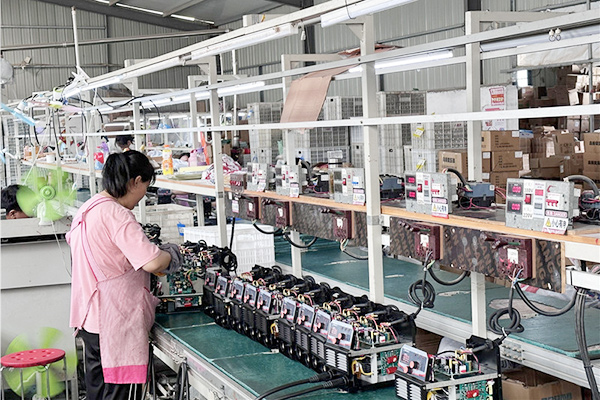To ensure safety and operational efficiency, industries increasingly rely on welding machines. These machines play a vital role in various sectors such as manufacturing, construction, and automobiles. To ensure continuity of operations, regular maintenance of welding machines must be prioritized.
First, it is crucial to keep your welder clean. This includes removing any debris, dust or welding spatter from the surface of the machine. Regular cleaning prevents the build-up of foreign matter that can affect your machine’s performance. Additionally, it is crucial to check cables and connections for any signs of damage or wear. Cable failure can cause serious safety hazards and should be repaired or replaced promptly.
Additionally, maintaining proper coolant levels is critical for water-cooled welders. Coolant prevents the machine from overheating during operation, and insufficient coolant levels can cause equipment failure. Regularly checking and replenishing coolant according to the manufacturer’s guidelines can prevent overheating and extend the life of your machine.
Another key aspect of welder maintenance is inspecting and replacing wearing parts. A welding gun, welding tip or welding tongs are examples of consumable parts that are subject to wear and tear during operation. Regular inspection and replacement of these parts can significantly improve welding quality and prevent machine failure.
It is equally important to monitor the machine’s power supply. Voltage fluctuations can damage the welder, resulting in expensive repairs or replacements. A stabilizer or surge protector can help regulate voltage, ensuring that the machine is not affected by sudden spikes or dips that could damage its electrical components.
Additionally, regular calibration and alignment of the welder is critical for accurate and consistent welding. Over time, the machine may become misaligned, affecting the quality of the weld. Calibrating your machine according to the manufacturer’s instructions ensures accurate welds and reduces the occurrence of defects.
Finally, it is crucial to provide proper storage for your welder when it is not in use. Dust, moisture, and extreme temperatures can adversely affect your machine’s internal components. Therefore, storing the machine in a clean, dry environment and protecting it with a cover can prevent unnecessary damage and extend its service life.
In summary, regular maintenance of your welder is critical to safety and operational efficiency. By adhering to cleaning procedures, inspecting and replacing consumables, monitoring power, calibrating machines and ensuring proper storage, industries can guarantee the continued performance of their welding machines. Remember, investing time and effort in maintenance not only protects the machine, but also ensures the well-being of your employees and the overall success of your operation.
Post time: Sep-16-2023

